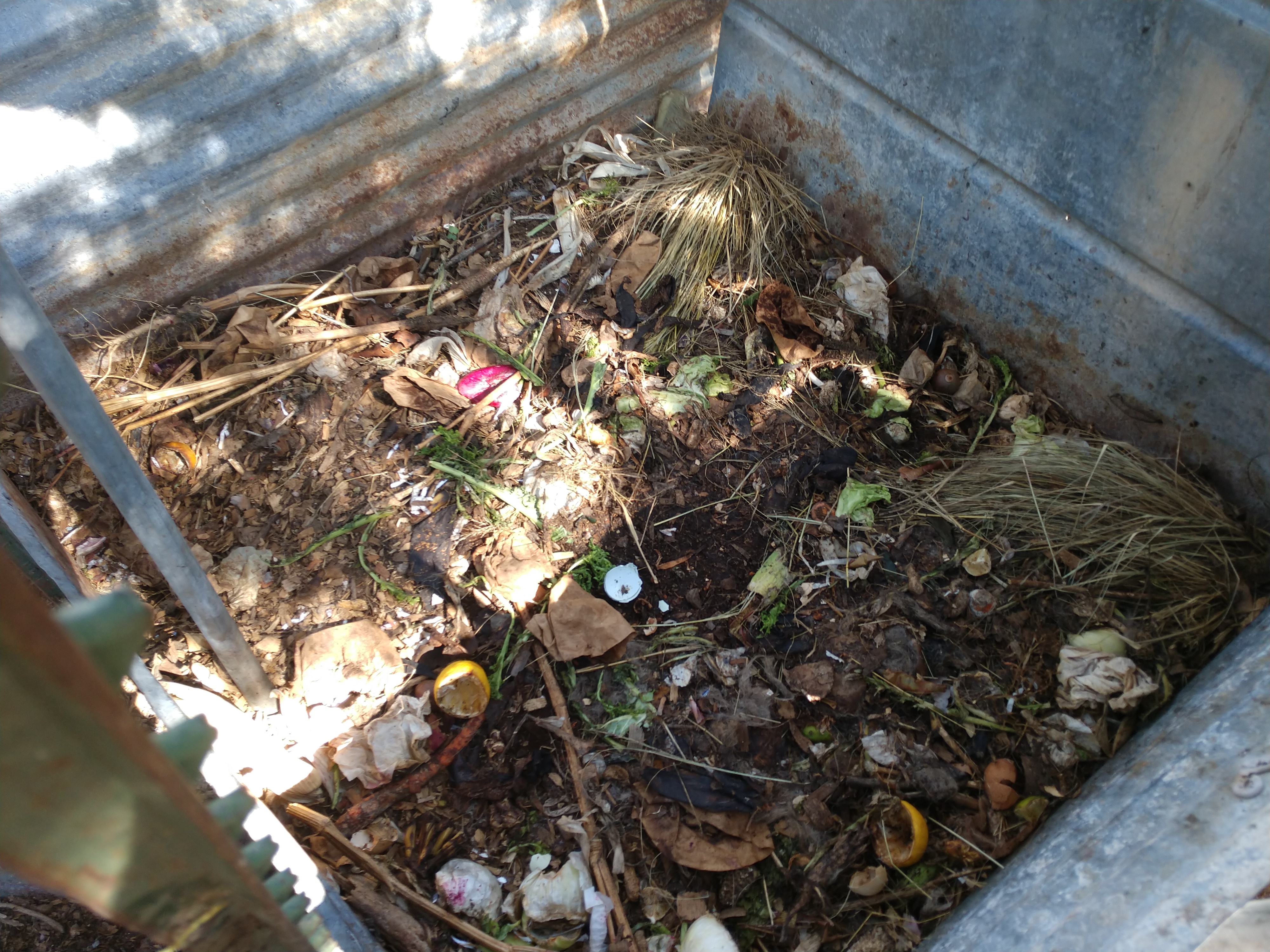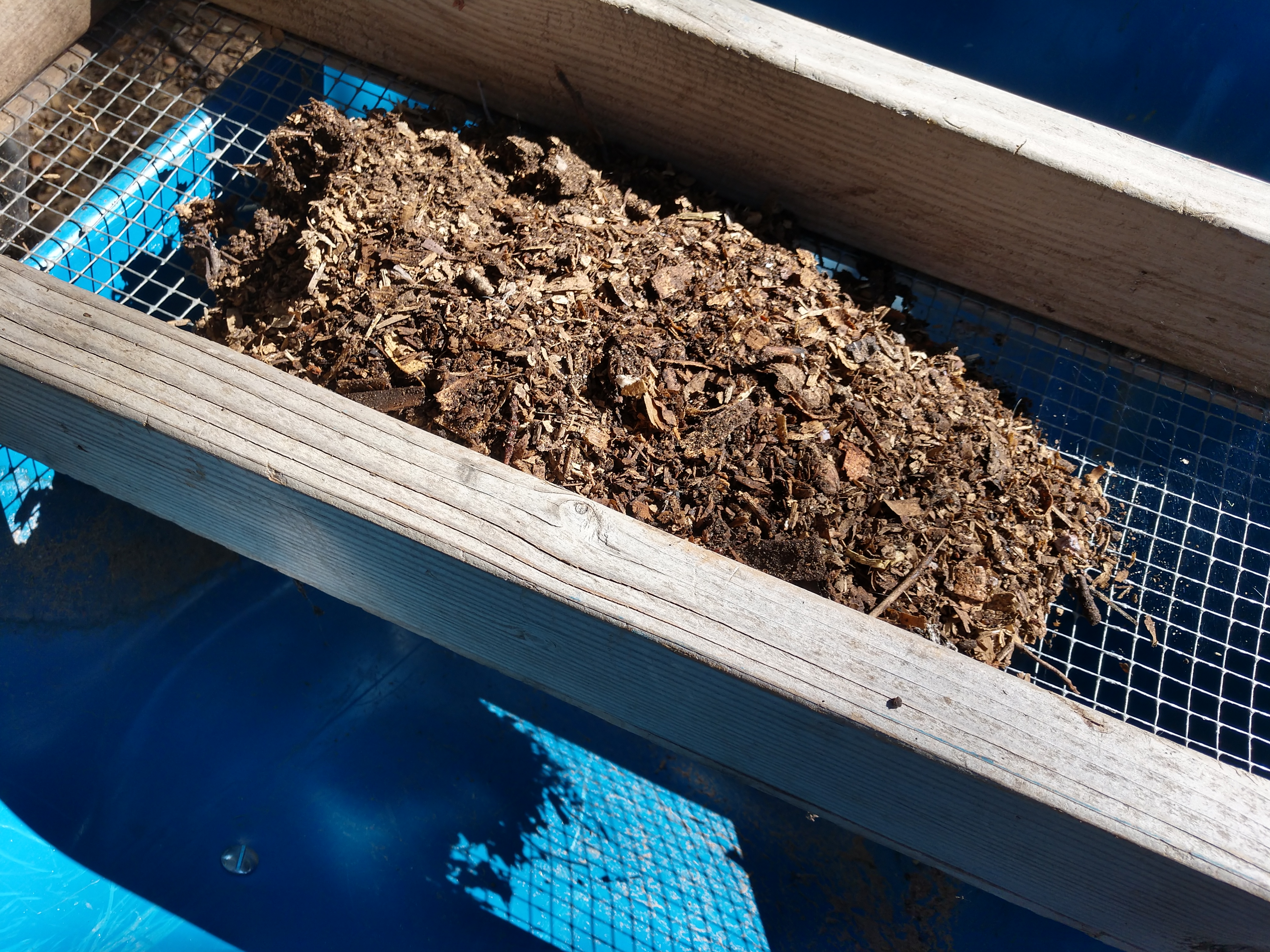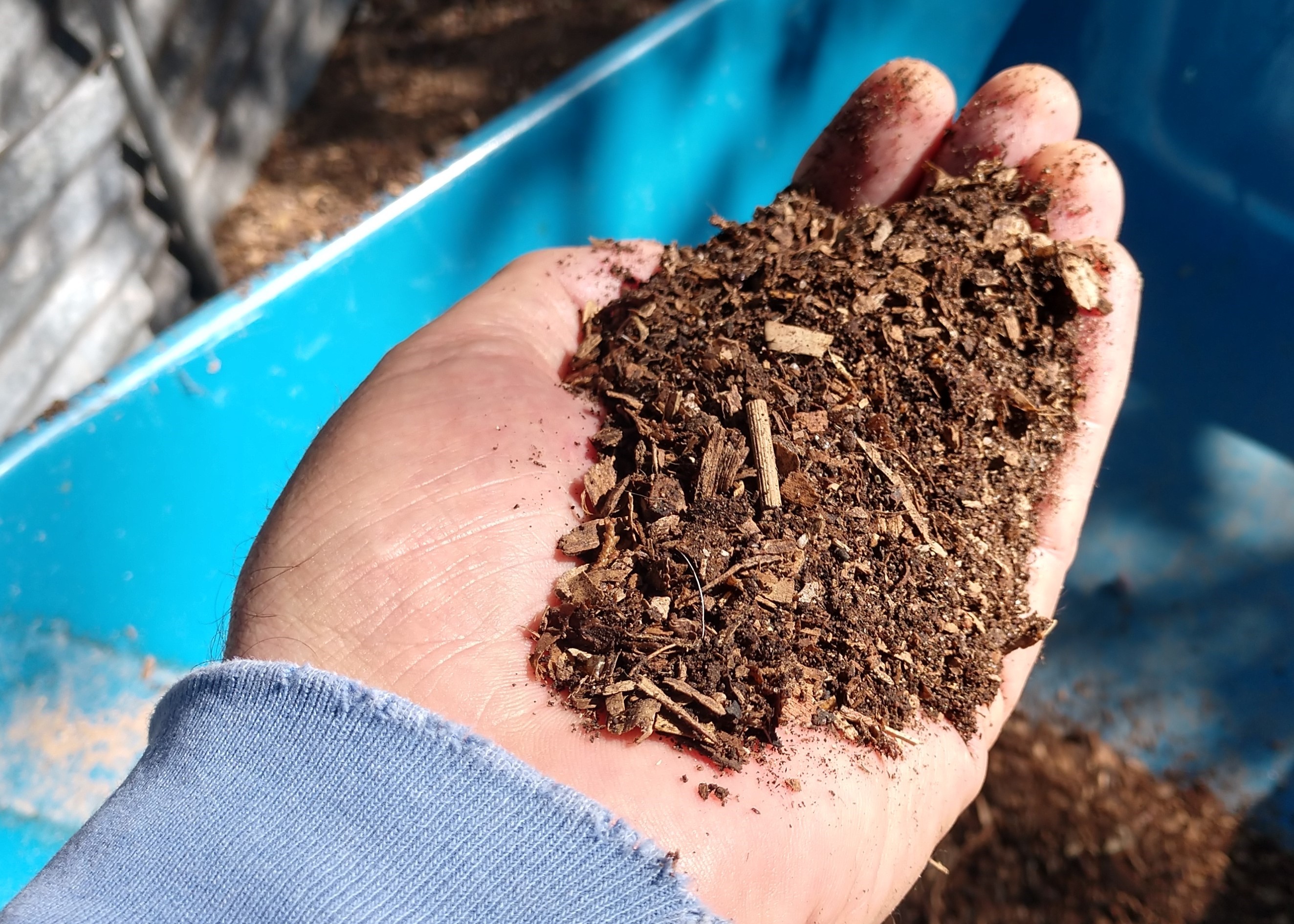 What is Compostable? - August 5, 2020 Jeff Schalau, Agent, Agriculture & Natural Resources University of Arizona Cooperative Extension, Yavapai County A gardener can never have too much compost. Over the years, I’ve written extensively about composting and these “how to” articles from the past are posted to the Backyard Gardener website (see URL below). In this column, I’d like to discuss some of the lesser known raw/recycled materials that can be used in making compost. Once you understand the relative amounts of green (nitrogen-supplying) and brown (carbon-supplying) raw materials needed to make compost, you realize we do not always have necessary amounts of these materials available. Sometimes, it becomes necessary to procure these raw materials from outside sources taking care to not introduce unwanted plants, insects, and pathogens. Manure, a “green” material, is readily available to us. Horse, alpaca, llama, sheep, goat, rabbit, and cattle manures are available to us through both formal and informal channels. Horse manure is the most plentiful and is often free for the taking. The main caution is to beware of bermudagrass (and other weed) seeds – horse manure can contain viable seed. Horse manure may also contain salinity (salt) from their urination in confined areas. Other types of manure are less likely to contain weed seeds or be high in salinity, but you can ask the owner what they feed and/or graze upon. Shredded paper, a “brown” material, can include newspaper, office paper, phonebooks, and other sources. Over the years, there have been concerns about toxicity from heavy metals coming from colored inks. Evidence shows such low concentration of heavy metals - if any at all - that colored paper may be used without significant risk. Many inks currently used are soy-based. According to one science-based source, shredded computer or other office paper and glossy magazine-style paper decomposes slowly and may contain dioxins. There are enough concerns about the dioxin in bleached and glossy paper that it would be wise not to use them in the garden. I have used shredded office paper (no glossy paper) as bedding for my chickens. Once soiled, I compost the shredded paper/manure mixture and it has made excellent compost. Coffee grounds from espresso bars and restaurants are collected and composted by many gardeners. Coffee grounds are in between “brown” and “green” having some nitrogen, but other properties and compounds that may inhibit decomposition. Contrary to popular opinion, coffee grounds do not appreciably acidify the soil and having greater than 20% coffee ground content in a compost pile is not recommended. All things in moderation… Brewing and wine making waste products can also be composted. Wine making waste is called “pomace” and contains seeds, stems, skins, and pulp. Brewing waste contain crushed grain and hulls. These materials are still relatively high in nitrogen and should be added to brown materials prior to composting. The idea is to prevent anaerobic conditions from developing. If it does, you will smell ammonia or other foul odors. Green weeds, another “green” material, can be composted if the flowers have not matured and produced viable seed. Grass clippings are very difficult to compost because they tend to create mucky layers that prevent aeration of the compost pile. A better solution is to mow using a composting mower that spreads the clippings evenly on the soil surface where microbes can recycle their nutrient – this also reduces fertilizer demand. As a reminder, it is still not recommended to compost meat, bones, animal/vegetable fats or oils, manures from animals that eat meat, and other materials that could attract vermin. However, it is worth mentioning that many meat production facilities are composting dead poultry, pigs, and cattle using very specific methods and controls – do not try this at home. Some gardeners use commercially available compost "starters" or accelerators. These are supposed to help the decomposition process by adding nitrogen, enzymes, and bacteria to a pile. These products are largely unnecessary as these compounds and organisms are already present in the soil. Tests conducted at universities and private research stations have shown that the best compost additives are either your own, unpasteurized but finished compost or native topsoil from your garden. Composting is not difficult and becomes routine once you learn what resources you have, what is missing, and where to procure the missing materials. Visit the online edition for more information (see URL below). You can follow the Backyard Gardener on Twitter – use the link on the BYG website. If you have other gardening questions, email the Master Gardener Help Desk in Prescott (prescottmg@gmail.com) or Camp Verde (verdevalleymg@gmail.com) and be sure to include your name, location, and phone number. Find past Backyard Gardener columns or provide feedback at the Backyard Gardener web site: https://cals.arizona.edu/yavapai/anr/hort/byg/. Images  Raw compost in a corrugated sheet metal sided bin. This simple design retains moisture better than woven wire or other bins with large openings on the sides. Recycled wood from pallets can also be used. Two bins side by side allow removal of finished compost from one side. Any materials which are not finished are thrown in the other side to further decompose (Photo by Jeff Schalau, University of Arizona).
Raw compost in a corrugated sheet metal sided bin. This simple design retains moisture better than woven wire or other bins with large openings on the sides. Recycled wood from pallets can also be used. Two bins side by side allow removal of finished compost from one side. Any materials which are not finished are thrown in the other side to further decompose (Photo by Jeff Schalau, University of Arizona). Simple compost sieve placed over wheelbarrow. It is constructed of a two by four frame and 1/2" hardware cloth (Photo by Jeff Schalau, University of Arizona).
Simple compost sieve placed over wheelbarrow. It is constructed of a two by four frame and 1/2" hardware cloth (Photo by Jeff Schalau, University of Arizona). Finished compost smells great, increases soil organic matter and water holding capacity, provides essential plant nutrients, and reduces waste going into landfills (Photo by Jeff Schalau, University of Arizona).
Finished compost smells great, increases soil organic matter and water holding capacity, provides essential plant nutrients, and reduces waste going into landfills (Photo by Jeff Schalau, University of Arizona).Additional Resources Composting Resources, University of Arizona Cooperative Extension, Yavapai County extension.arizona.edu/composting-resources Composting, Utah State University Extension extension.usu.edu/yardandgarden/soils/composting Composting, Texas A & M AgriLife Extension agrilifeextension.tamu.edu/library/gardening/composting/ |